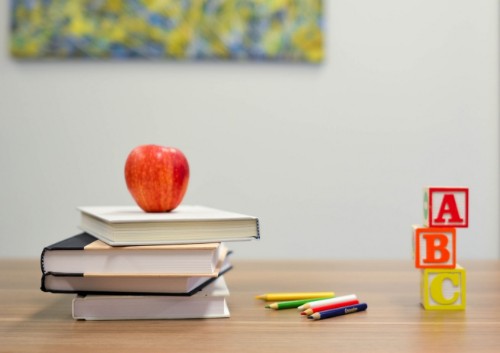

Are learning techniques regressively distributed?
Are learning techniques regressively distributed?
There is a gap between how psychologists have found we should study and how students actually study today. Many well-researched techniques have been robustly replicated and have delivered better learning. However, our research has found that the use of good learning techniques is still sparse and may, in fact, be regressively distributed across the UK.
Do students use good learning techniques?
Active retrieval has been found to improve memory relative to note-taking or re-reading. However, our survey of over 700 GCSE students across the UK found that the most popular revision technique was note-making. 86.1% students said that they made revision notes, and 36% cited it as their most used revision technique. The next most popular learning technique was reading a revision guide (16%), followed by re-reading study notes (15%). Testing yourself came in fourth, with 12% of the vote. This suggests that there may be very large gains to make from something as simple as active retrieval.
Are good learning techniques distributed regressively?
Assuming that testing oneself is more effective than re-reading study notes or a revision guide (which seems reasonable given the body of evidence). Re-reading and other passive learning techniques are far more prevalent in comprehensives, than grammar schools and independent schools, according to our sample. Could the regressive distribution of learning techniques be a problem then? Our data indicated that 24% of students in independent schools used self-testing, whilst only 2% read the revision guide as their primary independent learning method. Conversely, at comprehensive schools the students most commonly cited reading the revision guide as their main learning technique (23%), with just 8% saying self-testing. Grammar schools sat in between these two extremes: the students we surveyed there were pretty split in their choice of most used learning technique, between reading the revision guide (16%), re-reading study notes (15%) and testing themselves (13%). (NB - 1 independent school, 2 grammar schools and 6 comprehensive schools participated in our survey).
The results of this survey imply some correlation between learning techniques and schooling system, and as a byproduct perhaps, some correlation between learning techniques and socioeconomic factors. Given what is a small sample in the grand scheme of things, we would be wary of trumpeting causation, but we think it is a trend worth highlighting. Dempster (1987) and Mayer (1983) have both found spaced repetition to be effective, whilst active retrieval has been found to be more effective by a whole host of authors. In light of this, students who primarily use re-reading to revise will be at a learning disadvantage relative to those using more active methods like testing. A far higher percentage of students in comprehensive schools appear to be using these methods. If you assume that knowledge compounds over time, with current knowledge increasing the pool of future accessible knowledge, this becomes even more worrying.
The Seneca Approach
We try to improve students’ learning by staving off the deficient processing of passive learning methods and the diminishing marginal focus when working. We use what we call ‘dynamic retrieval’, rather than just testing on multiple choice; encouraging the restructuring, recategorisation and connection of knowledge.
A salient example of the varying quality of information processing that is possible comes from research by Raz et al. (2009) into how a person known as “PI” recalled Pi to 65,000 digits. It was found that PI formed visual and unusual associations with numbers: learning them became an active process, which engaged PI beyond the basic numbers. Although this is an extreme example, it seems to involve a different level of processing relative to simply skim-reading a long number and hoping to recall it.
The Impact We Can Have with the Seneca Platform
This research, and the resulting platform we created, made us realise the considerable effect our work could have in correcting these problems. We were not the first to try and apply neuroscience to improve learning, but do believe we are doing so with unrivalled rigour. After seeing the potentially regressive distribution of learning techniques, we did not want to perpetuate these issues. Thus, we decided that we would provide our platform for free. We want students everywhere to be able to learn using the best methods, and to build a good understanding of difficult concepts. They can access it through their schools or independently, ensuring that all students who want to use our better learning system can. How is this sustainable? Charging corporates and others for a similar system using our Seneca platform.
We want to encourage students to learn and revise more effectively and our survey found that there is a significant gap that we hope we can make up. We think this is low-hanging fruit in improving educational outcomes and, hopefully, social mobility too.
To learn more, please visit senecalearning.com or sign up below





